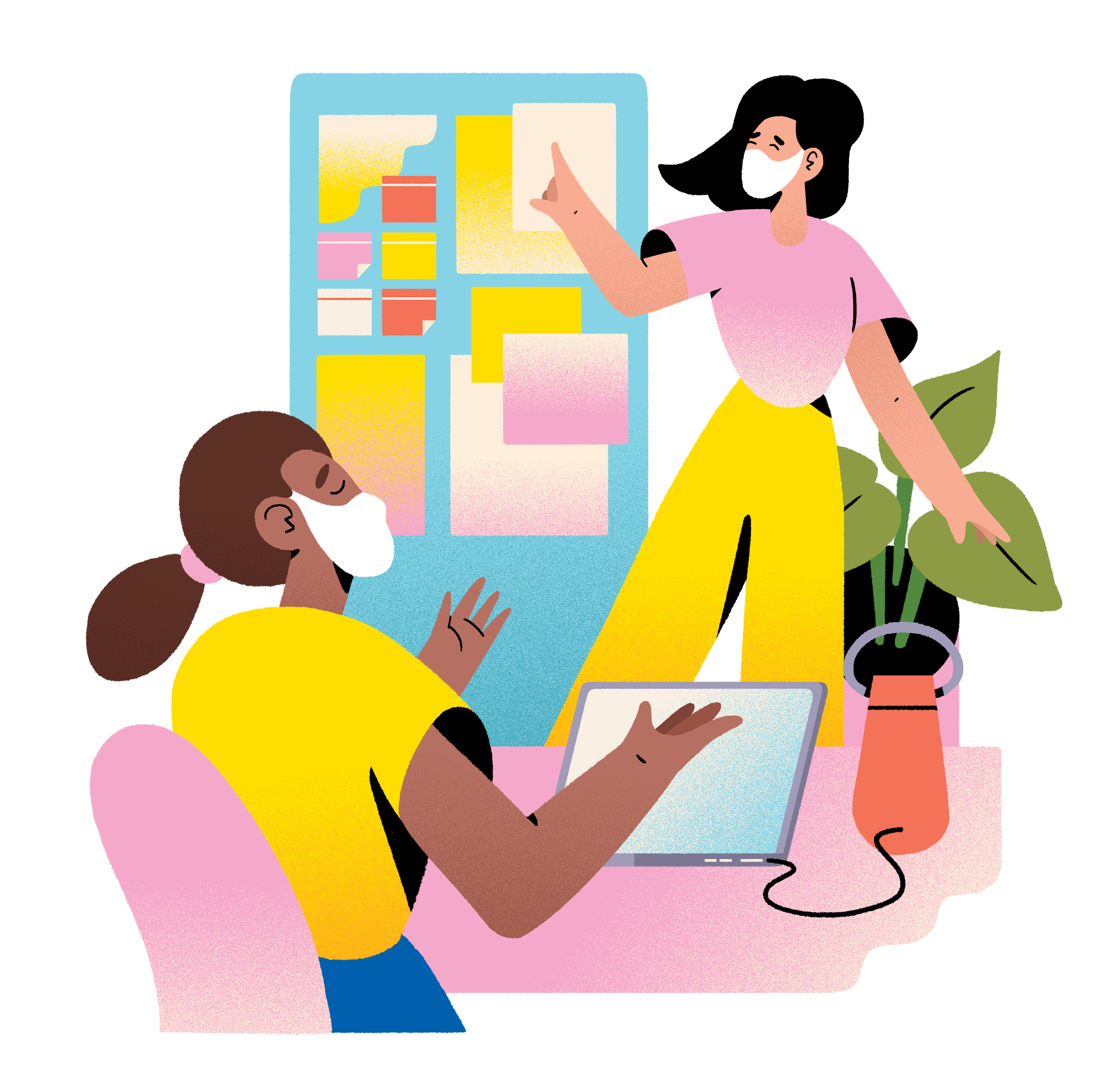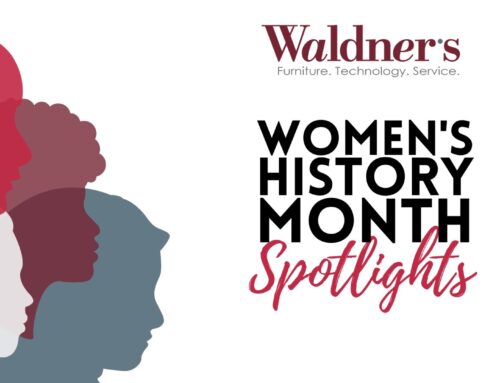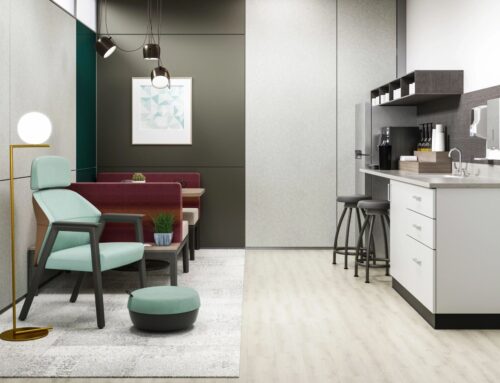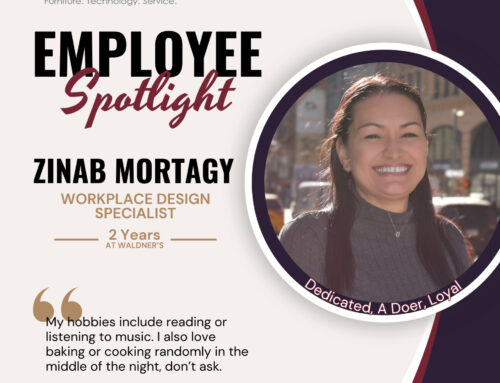
Based on decades of research, these strategies can help organizations create the kind of workplaces that are able to adapt to changing circumstances and support what people need to feel safe, be productive, and have a sense of belonging at work. Read the entire Steelcase article here!
1) Expand the ecosystem of places, offer more choices, more control
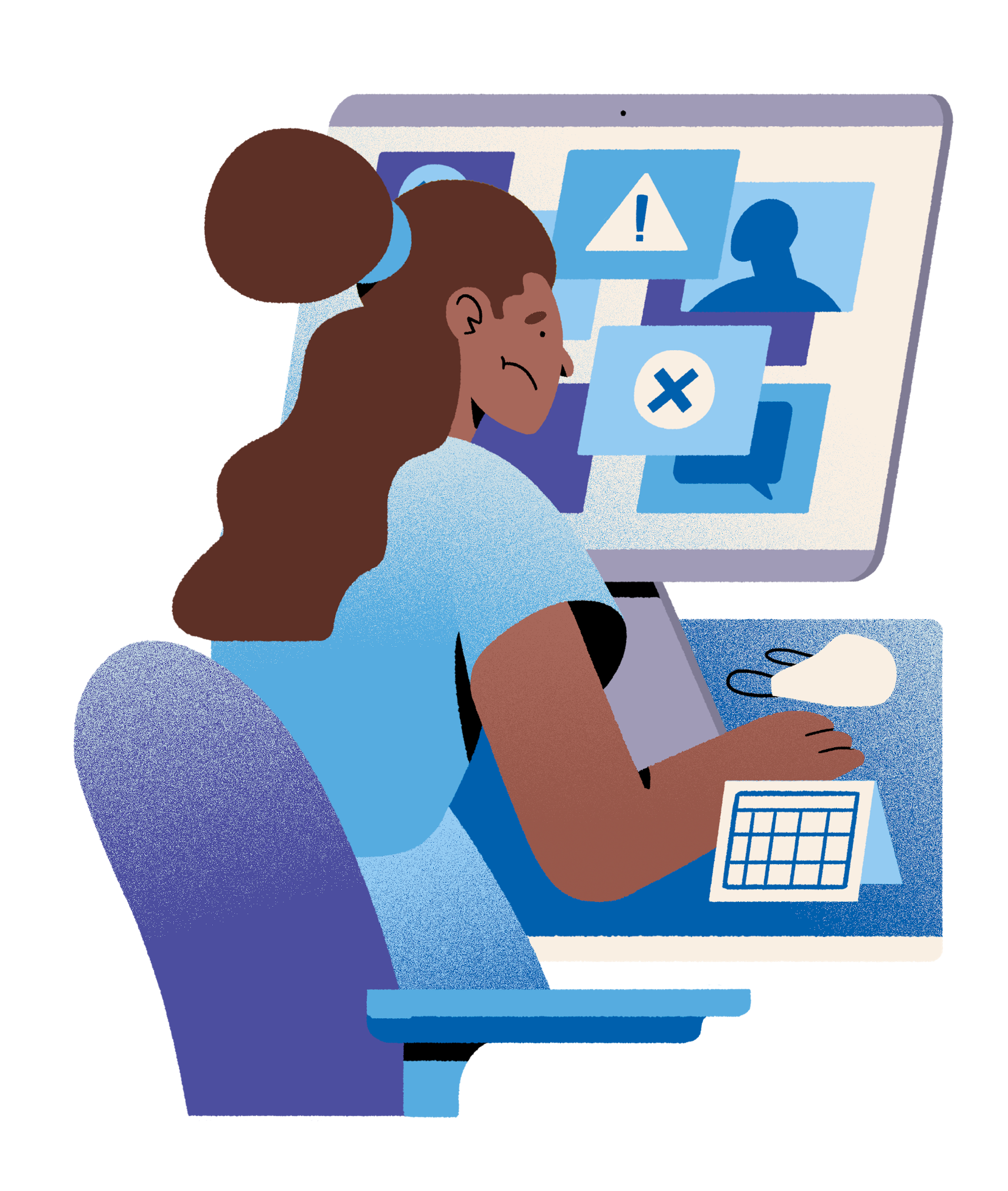
Everyone’s sense of what makes them feel safe will be different and will change over time. So, we will need an expanded ecosystem of places — the workplace, home and potential satellite spaces — from which people can choose where and how to work based on their needs. By giving people choice, they are able to feel a sense of control over their work and a sense of safety.
Steelcase Global Report: Engagement and the Global Workplace found employees who had more control over their experience at work were more satisfied with their workplace and more highly engaged.
To attract and retain talent, organizations need a diversified workplace strategy to meet the diverse needs of people and how they want to work. People will need spaces to support different types of work — focus, collaboration, socialization, learning and rejuvenation — and different ways of working.
2) Shift from fixed to fluid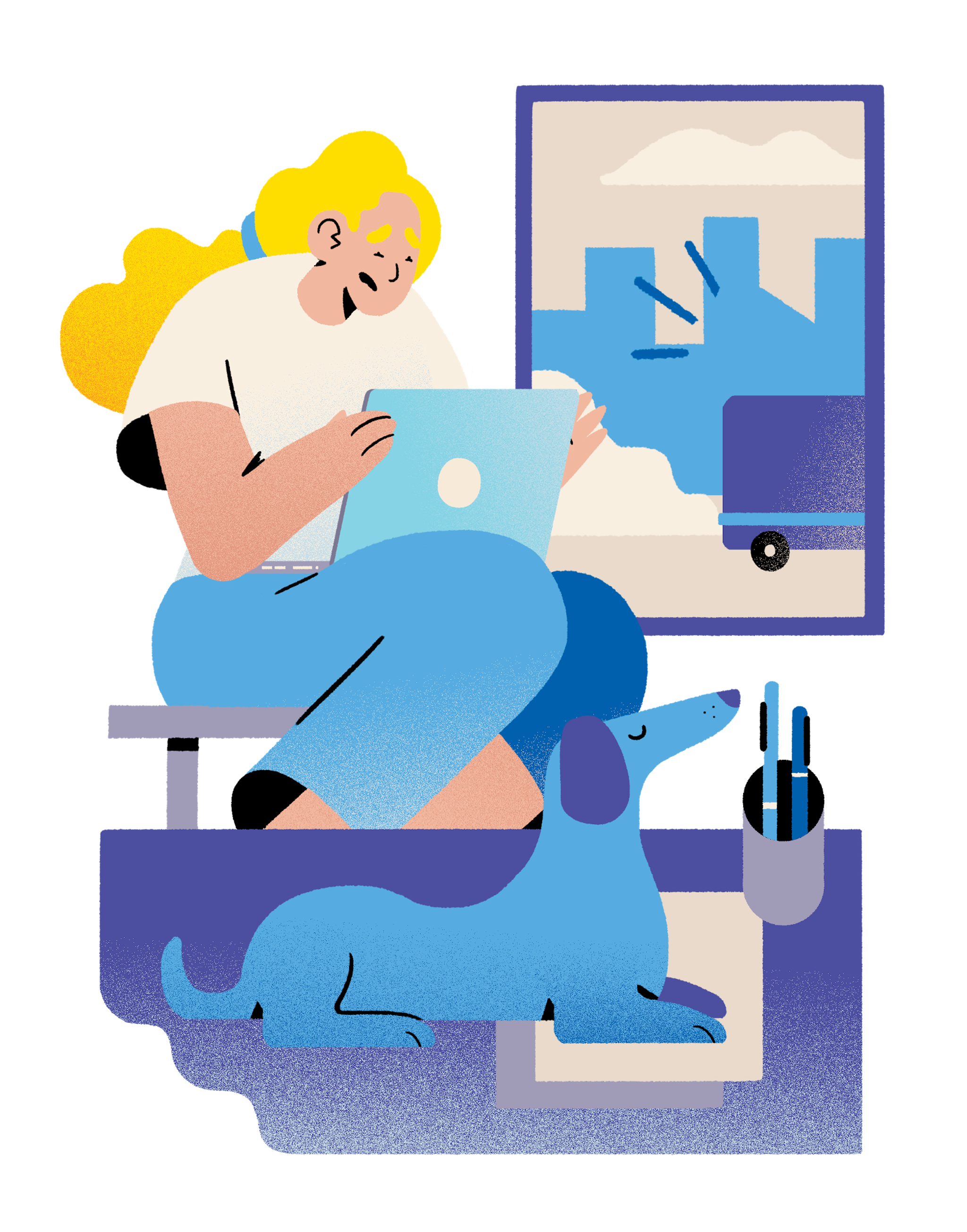
Work environments designed with fixed architecture and furniture must shift to become more fluid. No one knows what the future holds. Disruption is a given — whether it’s another wave of the virus, social unrest that shuts down a city or a natural disaster. Organizations need spaces that can adjust easily and quickly – not just by facilities but by employees – supporting the social distancing requirements of today, but also empowering employees to adapt spaces based on the type of work they need to do and the level of privacy they need to do it.
3) Focus on “me within we”
The workplace will need to balance the growing need for teamwork (“we”) with the needs of the individual (“me”). Prior to the pandemic, work was becoming more team-based and many people struggled with open plan offices that emphasized group work to the exclusion of individuals’ need for concentration and focus. After the crisis, we’ll lean on the office to support the collaborative work we’ve all missed in an even bigger way — people will need to be able to quickly shift between working alone and together. They’ll also need more spaces to focus, especially if they can’t find solace at home and places for rejuvenation, as they’ll likely continue to feel stress and anxiety. Video calls will be more frequent since distributed work will continue due to ongoing travel restrictions and some people will return to work in the office while others remain at home, so they will need more spaces to take video calls without disrupting coworkers.
4) Make every collaboration space high performing
People had two primary destinations for collaboration before the crisis sent us home — open spaces with a coffee shop vibe and traditional, enclosed meeting rooms. Both will need to be rethought and become higher performing going forward. Some of the most inspiring spaces on corporate campuses often sat empty as people gravitated to places where they could get work done. Traditional conference rooms may have been equipped with whiteboards or technology, but they rarely fostered creative thinking, and now will present challenges for distancing requirements. Going forward, collaboration spaces need to be inspiring, high performing and safe. Collaboration spaces (open and enclosed) in the workplace will need to support a range of postures, easy access to power and the ability to control the level of privacy while still feeling relaxed and comfortable. They need to offer tools for idea generation — such as whiteboards and large-scale collaboration technology to connect with remote teammates.
5) Merge the digital and physical
A crash course in remote work pushed people to improve their digital skills and now the physical and digital need to come together in spaces that support co-located and distance work. As teams embrace more video-based collaboration, large-scale collaboration devices create a more inclusive experience for people and their content whether they are in the same room or working apart.
Embedded layers of smart and connected technology can create a more touchless experience at work. And occupancy data will support data-driven decision making to control density and influence cleaning frequency. And as companies work to figure out when changes need to be made to the workplace, data will be an important part of moving forward.